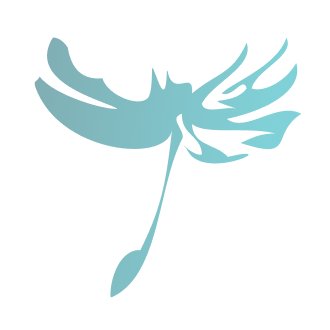Photographer: Andrea Blumtritt | Rights management: Ethnologisches Museum, Staatliche Museen zu Berlin
Attribution - NonCommercial - ShareAlike 4.0 InternationalSmall, anthropo-zoomorphic vascular flute. The sculpted instrument has an ovaloid body with three linearly arranged finger holes on the back. A fourth finger hole appears on the lower parts of the top of the object. The ceramic has an upside-down, conical mouthpiece. The opposite part of the object was decorated with a fragmented, conical projection. The flute has applied and indented decorations. It has been smoothed, sanded, primed and polished. There are small chips on the mouthpiece and the face of the sculptured figure. The ceramic has a brown base colour. The sculpted creature has a trapezoidal face with two large, round eyes. The figure is gripping a long chain around its neck with both hands. The opposing parts of the object are decorated with two carvings depicting adorants or lizard-like creatures. Symbolic meaning: the sculpted instrument appears to combine lizard-like and anthropomorphic attributes. The depicted figure corresponds to similar creatures known from jadeite pendants from the Gran Nicoya region. The incisions on the body of the pottery refer to lizard-like engravings that appear in the rock art repertoire of Pacific Nicaragua. Lothrop (1926) discusses the group in the chapters chocolate ware and chocolate and orange-brown ware figurines. Cultural significance: pottery of supra-regional distribution produced in periods VI (1550-1000d.C.) and V (1000-500d.C.) in the Central Highlands, on the Atlantic Slope and in the Diquís region. (Künne 2004)
Cataloguing data
Depth: 4 cm
Width: 4,5 cm










